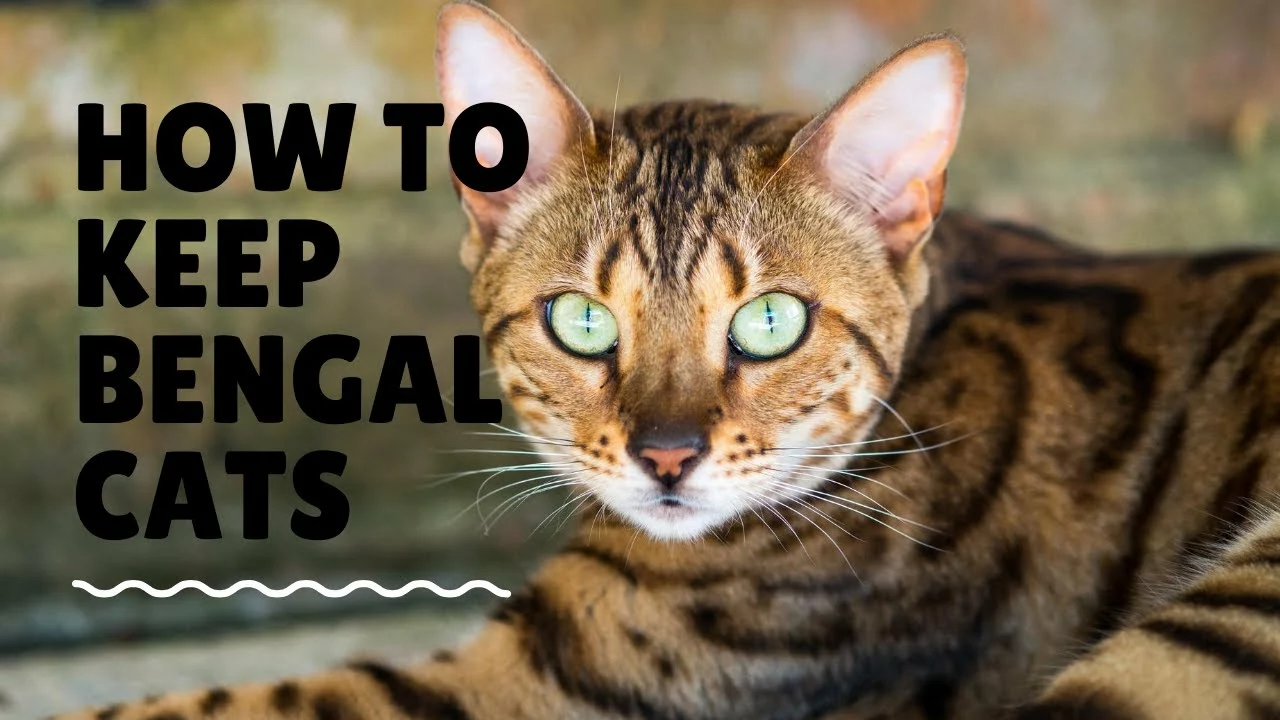Pet Care & Health – Practical Tips for Every Pet Owner
Got a furry friend at home? Whether it’s a cat, dog, rabbit, or something more exotic, keeping them healthy doesn’t have to be a mystery. Below you’ll find straight‑forward advice you can start using today. No jargon, just what works.
Nutrition and Daily Needs
Food is the foundation of good health. Pick a balanced, age‑appropriate diet and stick to the recommended portion size. Overfeeding is a common mistake; a few extra bites add up fast and can lead to weight gain. If you’re unsure how much to feed, use the feeding guide on the bag as a starting point and adjust based on your pet’s activity level.
Fresh water should always be within reach. A clean bowl changed at least once a day keeps kidneys happy and reduces the risk of urinary issues. For cats, consider a water fountain – many prefer moving water over stale bowl water.
Treats are fine in moderation but treat them like extra calories, not a staple. A good rule of thumb is that treats make up no more than 10% of daily intake. Choose options that add nutritional value, like freeze‑dried meat or dental chews, instead of sugary biscuits.
Regular Check‑ups and Preventive Care
Vet visits aren’t just for when something’s wrong. A yearly exam lets the vet catch early signs of illness, update vaccinations, and discuss preventative measures like flea and tick control. Schedule the appointment at the same time each year to make it a habit.
Vaccinations protect against common diseases such as rabies, distemper, and parvovirus. Your vet will tailor the schedule based on your pet’s age, lifestyle, and local risks. Keeping records up to date saves time and avoids unnecessary repeats.
Dental health often slips through the cracks, but it’s crucial. Bad breath, gum inflammation, and tooth loss can affect overall health. Simple brushing a few times a week or using dental treats can make a big difference.
Now, let’s talk about a specific question many cat owners ask: "How long does an Indian cat live?" The short answer is 12‑16 years on average, but with proper care, some cats reach their early 20s. Factors that stretch a cat’s lifespan include a balanced diet, indoor living, regular vet checks, and mental stimulation. If you’re caring for an Indian cat, treat it like any other cat—feed high‑quality food, keep it safe indoors, and schedule annual health exams.
Exercise is another key piece. Cats love to chase laser pointers or feather toys; dogs thrive on walks and fetch. Aim for at least 15‑30 minutes of active play each day. It keeps muscles strong, burns excess energy, and reduces behavioral issues.
Watch for subtle changes in behavior. A pet that stops eating, becomes unusually lethargic, or shows signs of pain may need immediate attention. Early detection saves money and prevents suffering.
Finally, create a safe environment. Store chemicals, small objects, and toxic plants out of reach. Provide comfortable resting spots away from drafts and direct sunlight. A secure home reduces stress and the chance of accidents.
Pet care is a blend of good nutrition, regular health checks, mental stimulation, and a safe space. Follow these basics, and you’ll give your companion a longer, happier life. Need more specific advice? Browse our other articles or join the community discussion to share tips and ask questions.
